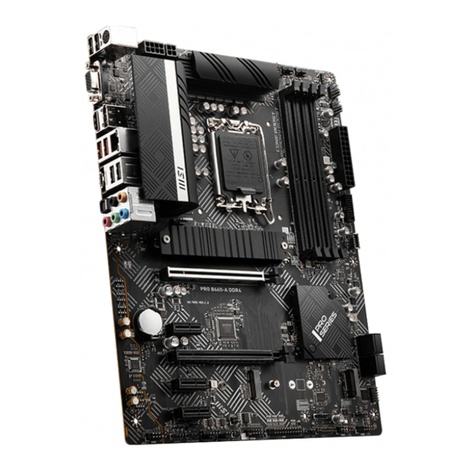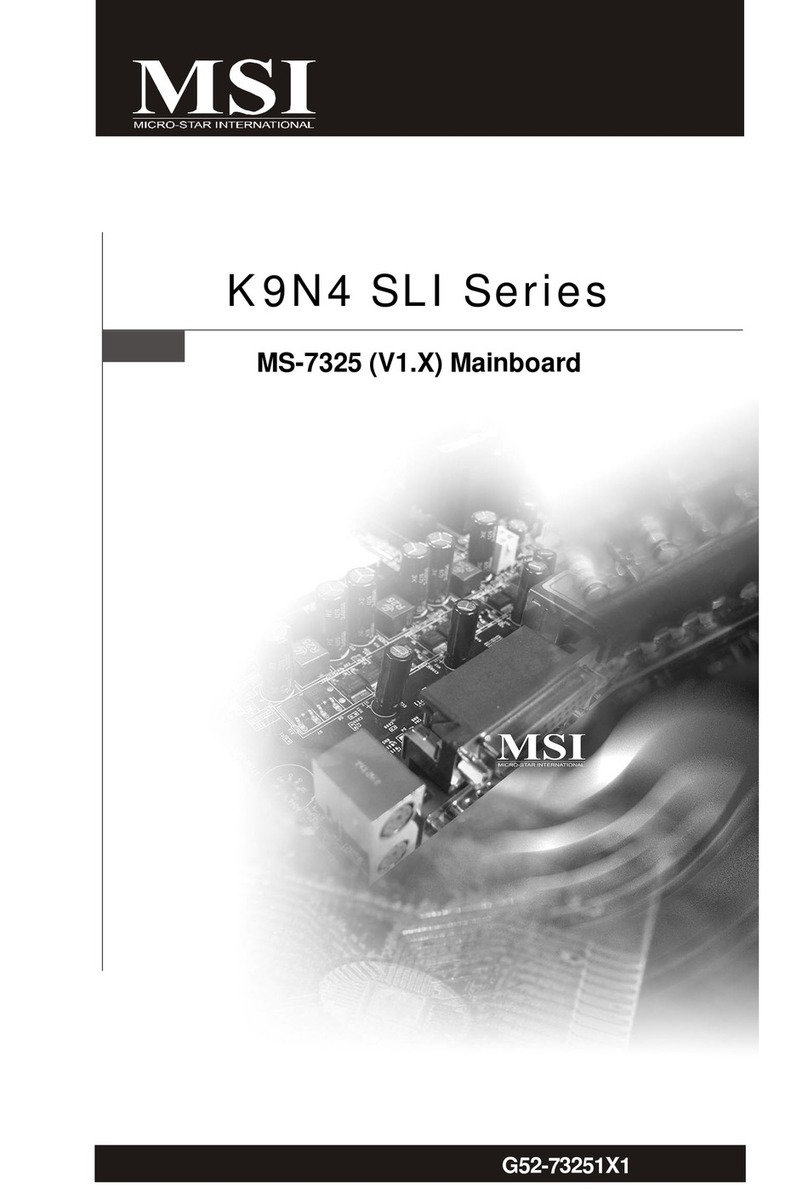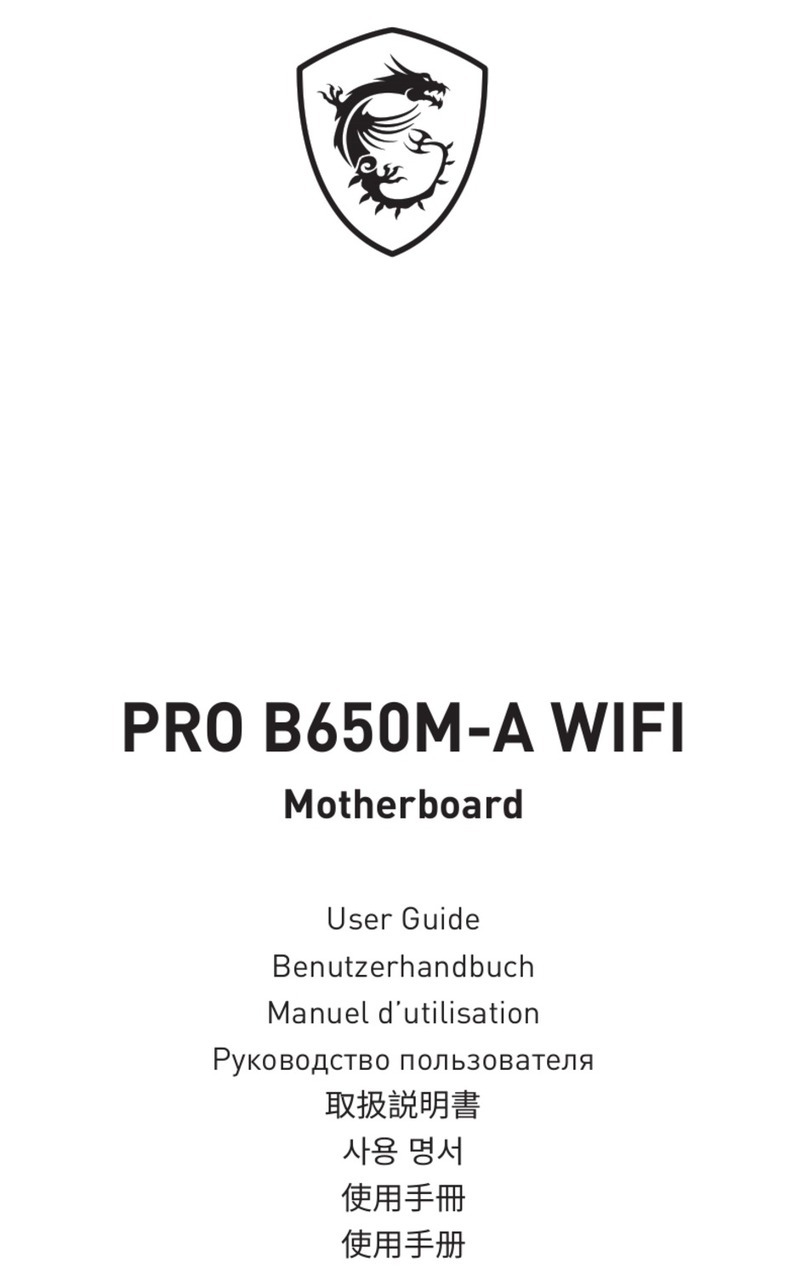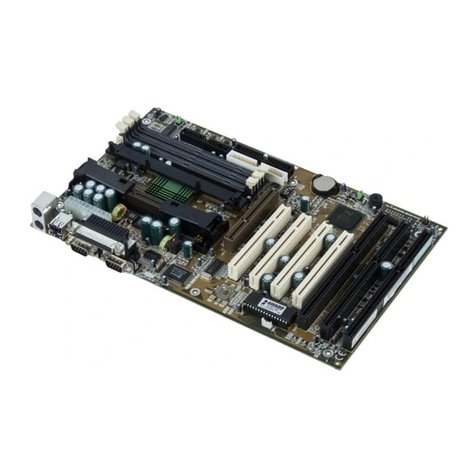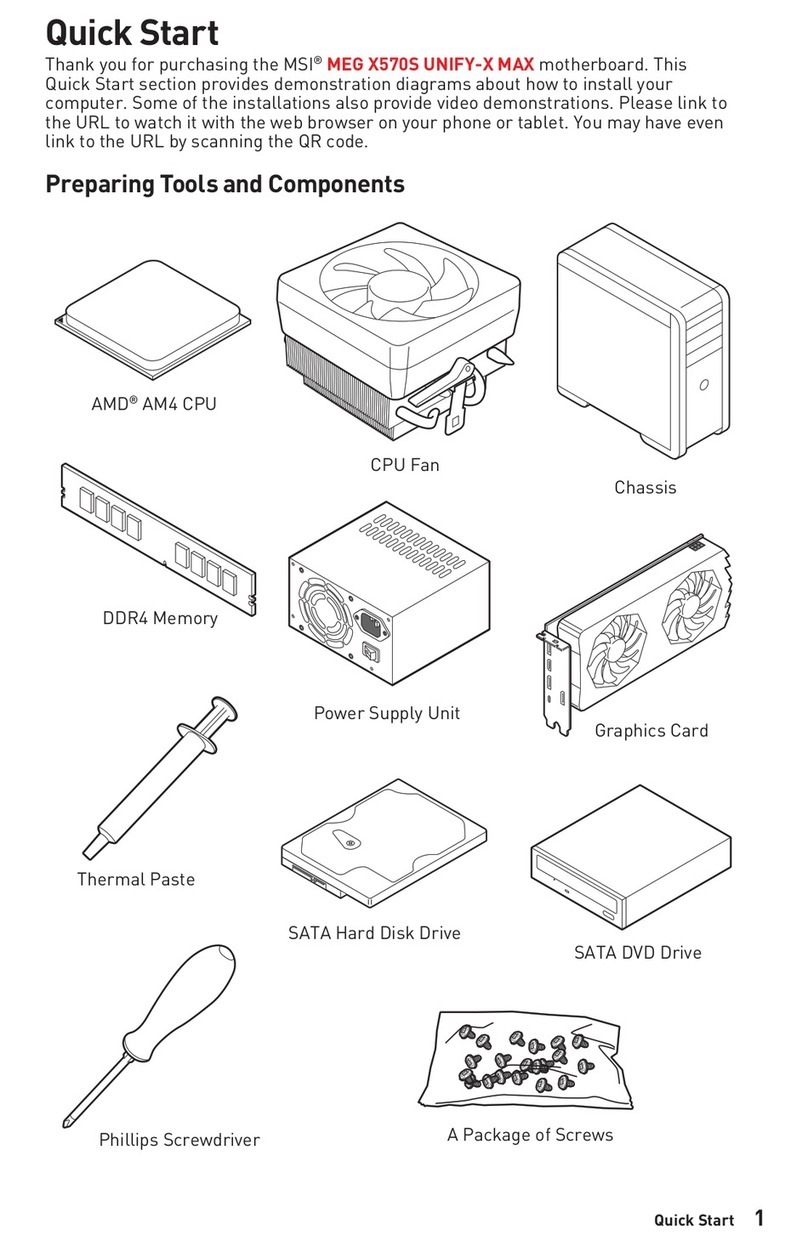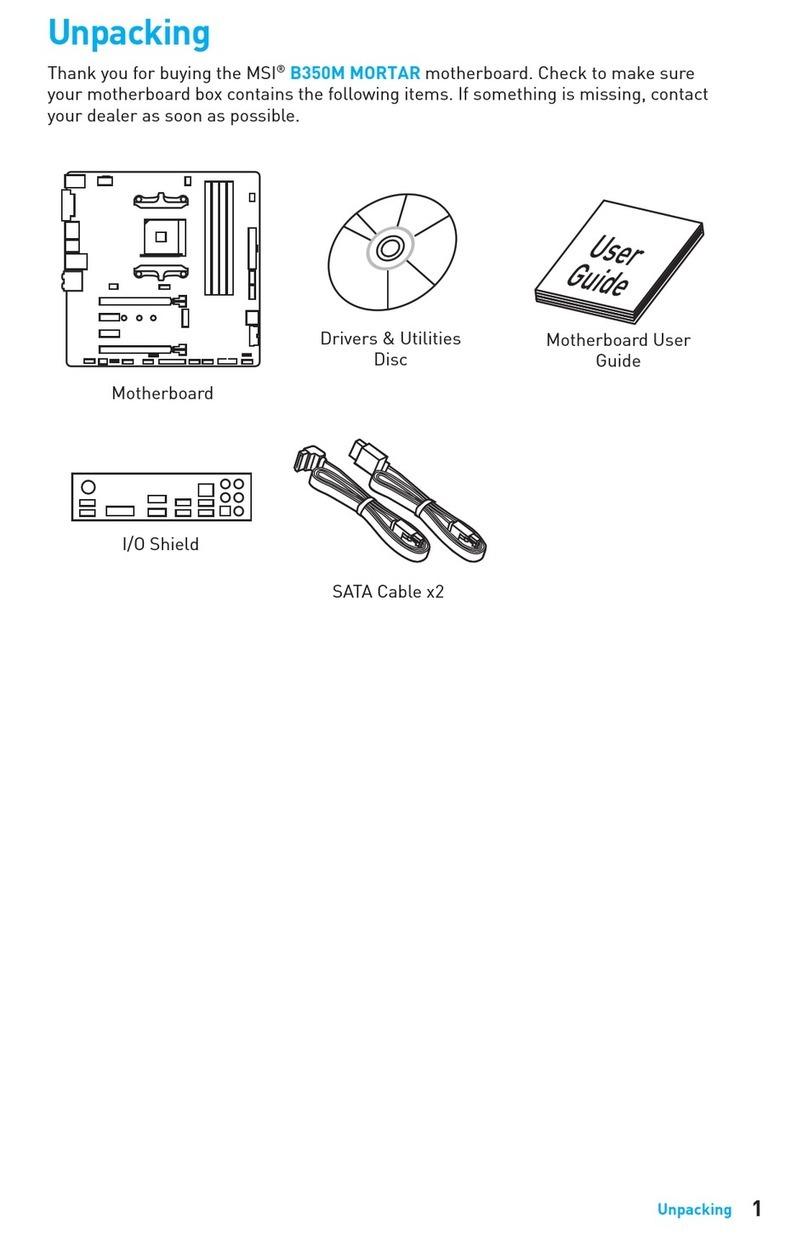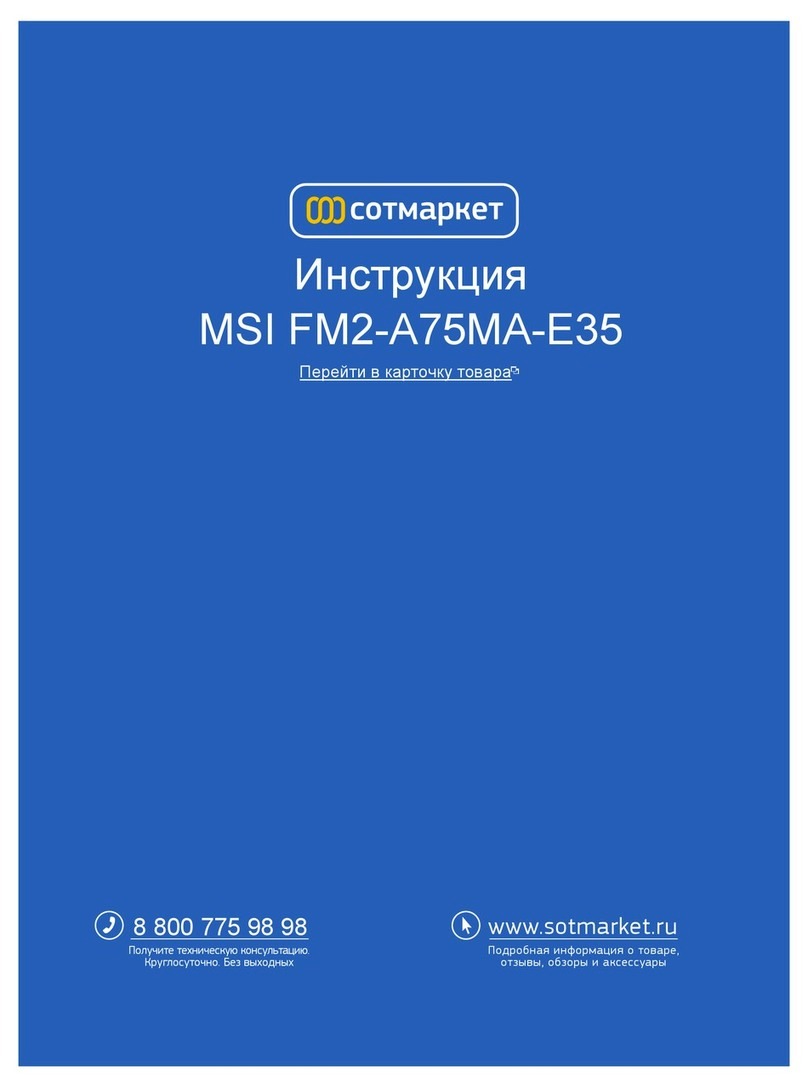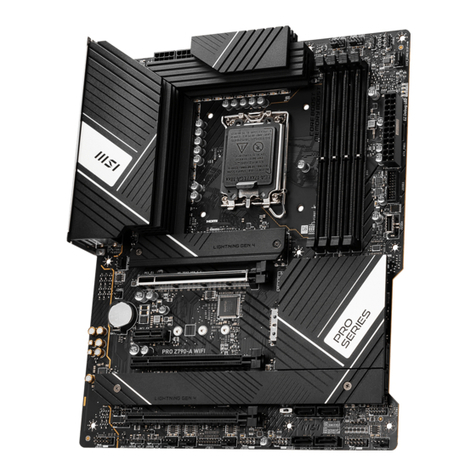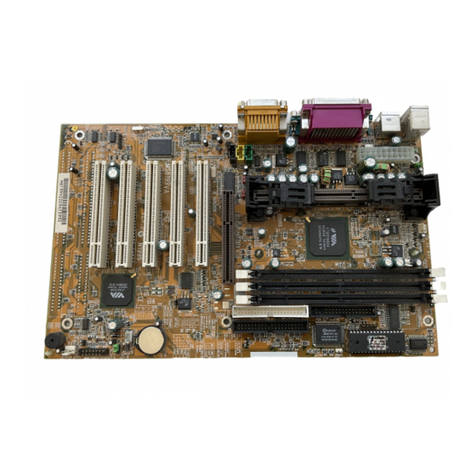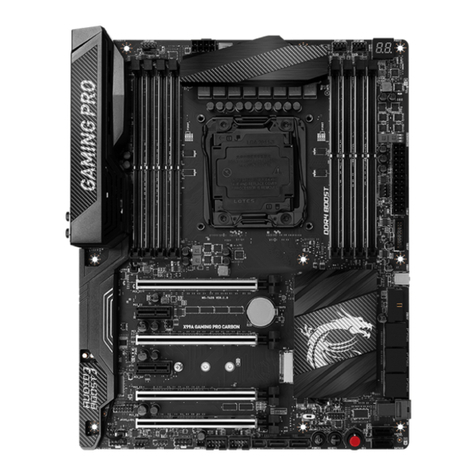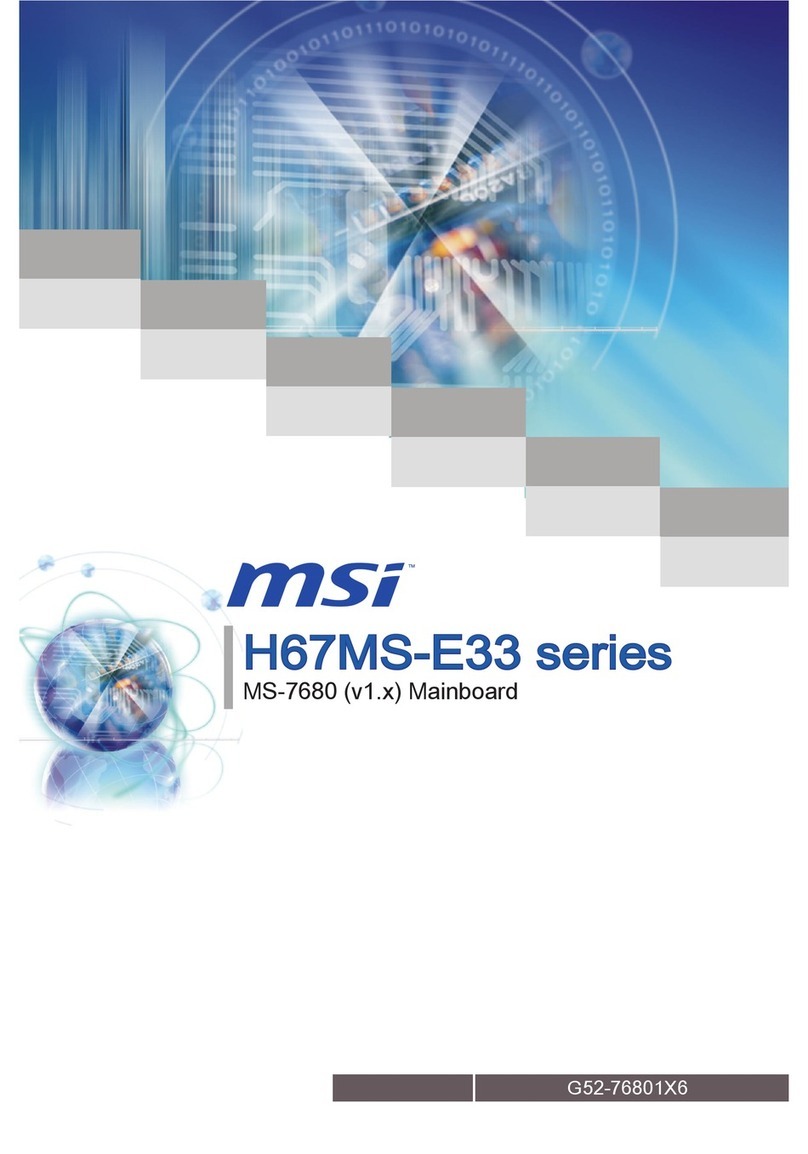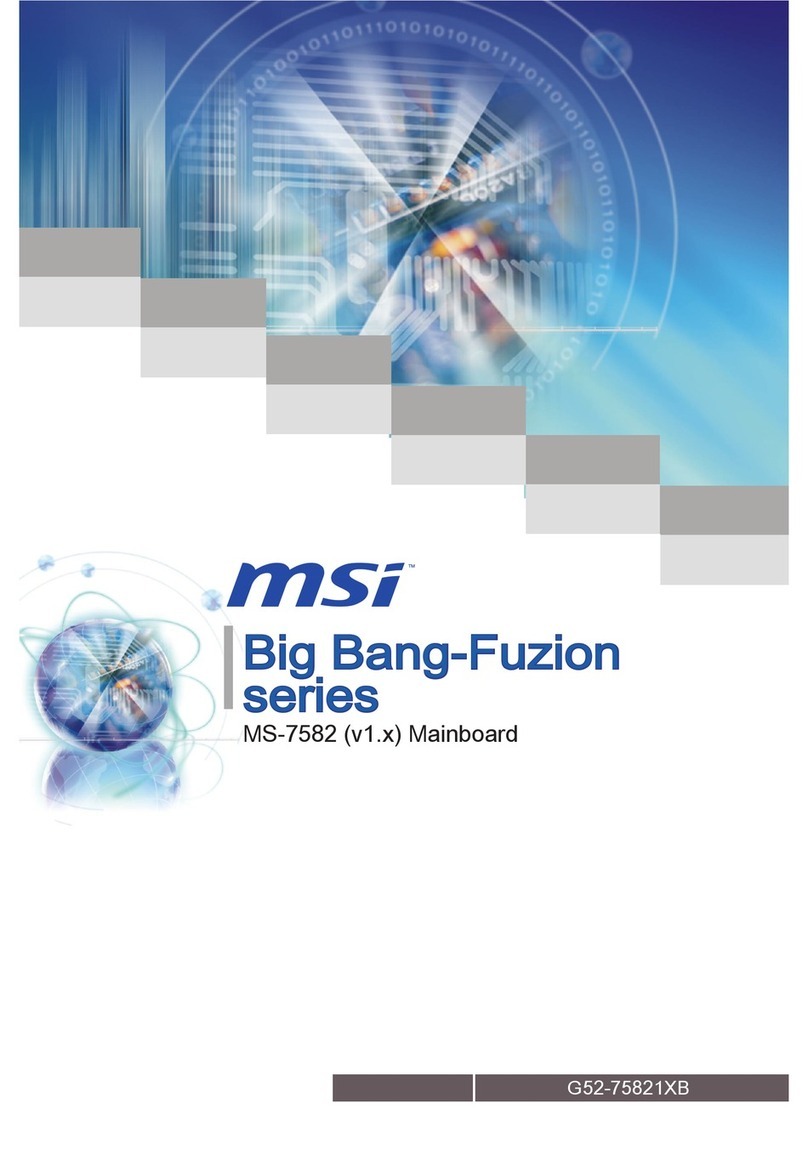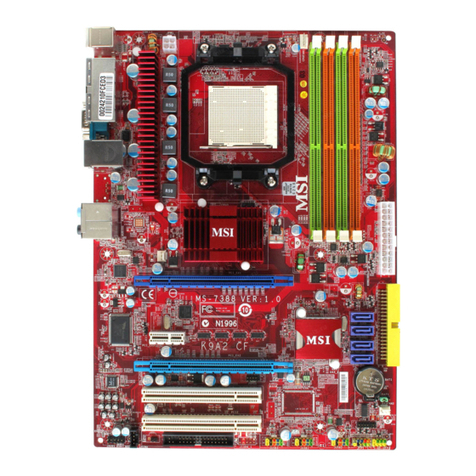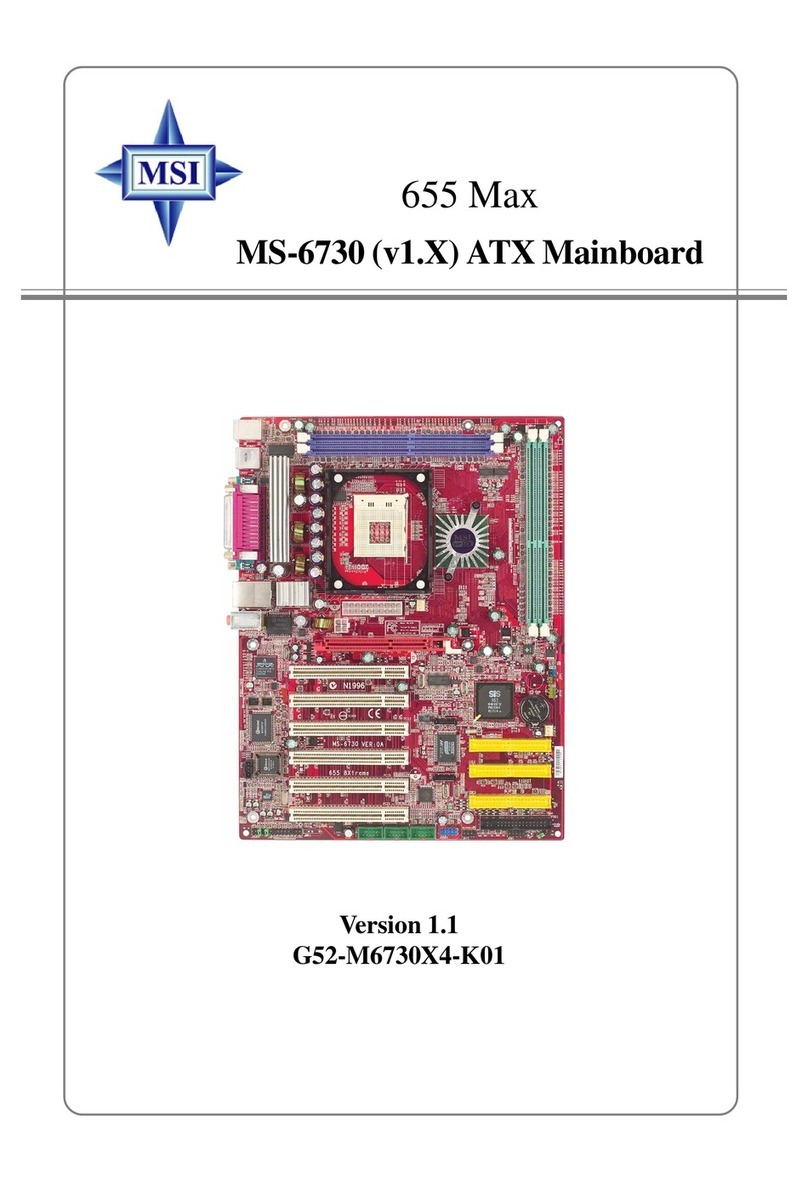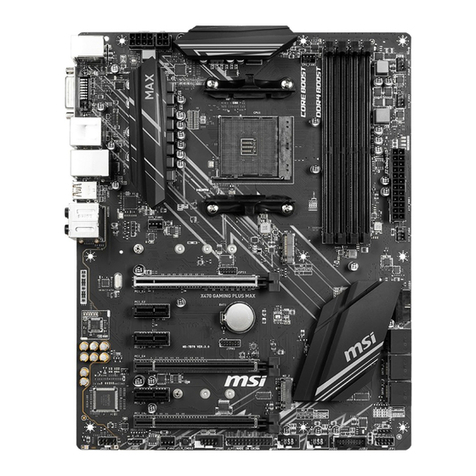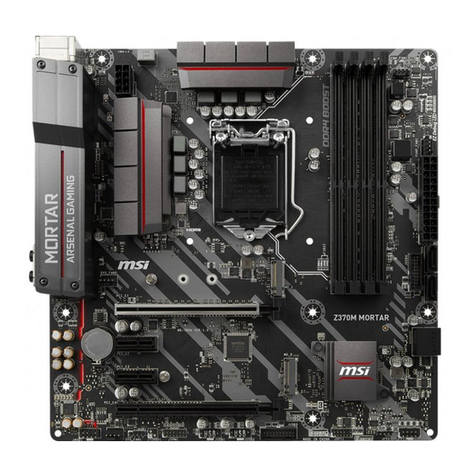VI
LAN Jack (RJ-45) (optional) .................................................... 2-13
Parallel Port Connector: LPT1 ................................................ 2-14
Connectors ...................................................................................... 2-15
Floppy Disk Drive Connector: FDD1 ..................................... 2-15
Hard Disk Connectors: IDE1 & IDE2 .................................... 2-16
Fan Power Connectors: P_FAN1/C_FAN1/S_FAN1 ......... 2-17
Case Connector: F_P1 & F_P2 (optional) .............................. 2-18
Power Saving Switch Connector: JGS1 ................................. 2-21
Power Saving LED Connector: JGL1 ..................................... 2-22
Wake On Ring/Wake On LAN Connectors ......................... 2-23
CD-In/AUX Line-In/Modem-In Connectors ....................... 2-24
IrDA Infrared Module Connector: IR1 & IR2 (optional) ...... 2-25
USB Front Connector: USB1 & USB2 (optional) ................... 2-26
Front Audio Connector: JAUDIO1 & JAUDIO2 (optional) ..2-27
Jumpers ............................................................................................ 2-29
Clear CMOS Jumper: JBAT1 ................................................... 2-29
Onboard Audio Jumper: JP1 (optional) ................................. 2-30
Slots .................................................................................................. 2-31
AGP (Accelerated Graphics Port) Slot ................................... 2-31
PCI Slots .................................................................................... 2-31
ISA (Industry Standard Architecture) Slot (optional) .......... 2-32
CNR (Communication & Networking Riser) Slot ................ 2-32
Chapter 3 Award®BIOS Setup............................................................ 3-1
Entering Setup .................................................................................. 3-2
Control Keys ...................................................................................... 3-2
Getting Help ...................................................................................... 3-3
Main Menu ........................................................................................ 3-4
Standard CMOS Features ................................................................ 3-6

